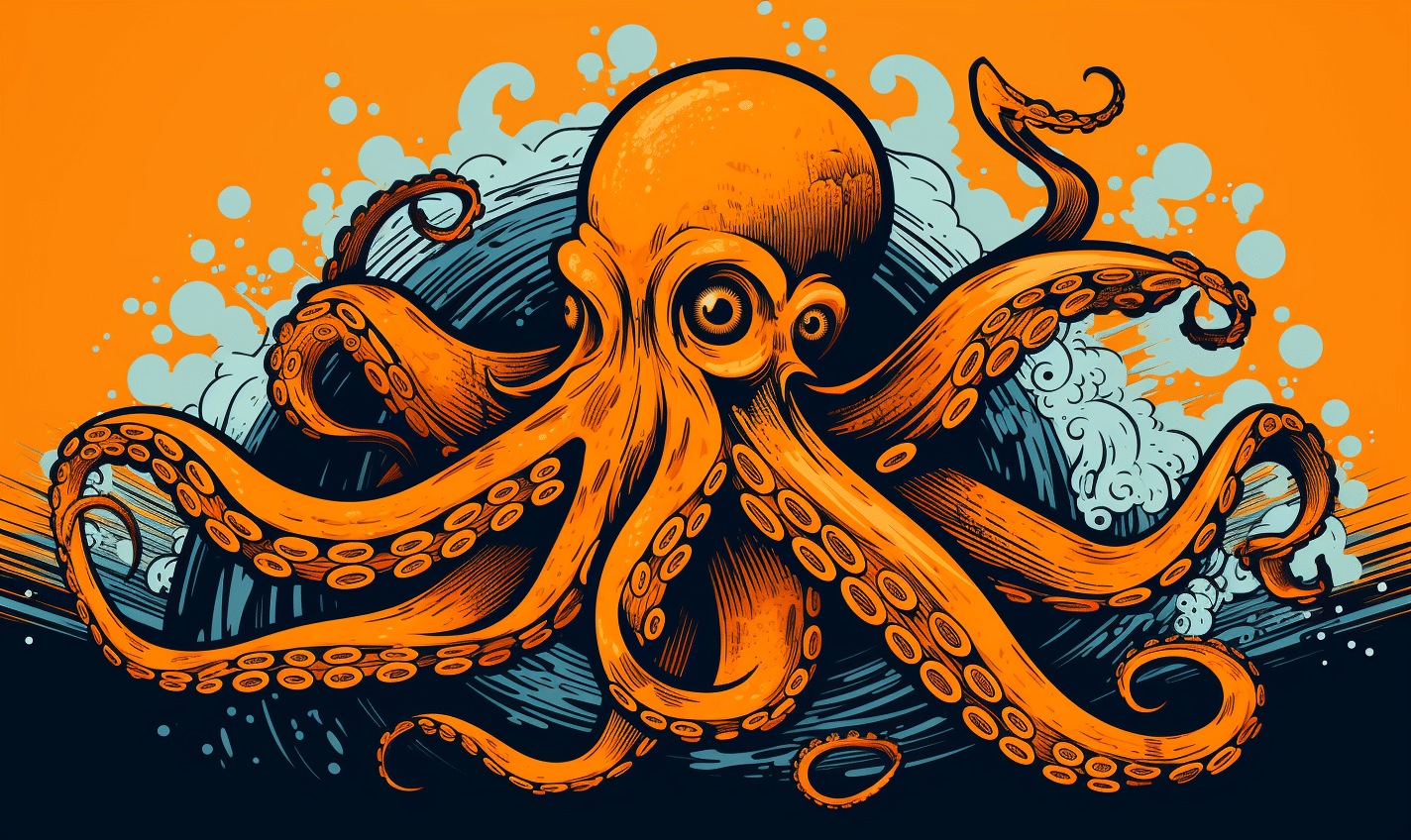
There are more types of links on websites than you might think.
Links on your WordPress sites don’t always have to be text-based. When linking content, there are a range of options and different link types, both for internal and external links.
In this post, we take a look at the different types of hyperlinks and how these can affect your SEO.
Contents:
Introduction to Hyperlinks
Hyperlinks, often referred to simply as “links”, are the backbone of the internet. They are the digital threads connecting various web pages and content, providing structure and navigation to our online world.
Types of Hyperlinks
Diving deeper into the specifics, let’s explore the different types of hyperlinks and their respective functionalities.
1. Text Links
The most common type, text links, are usually underlined and are a different colour than the surrounding text. When clicked, they redirect the user to another page or resource.
2. Image Links
Images can also be turned into links. Users who click on the image are taken to the linked page or resource. This is commonly used in advertisements and banners.
3. Internal Links
These links connect to another part of the same website. They help navigate the website, distribute page authority, and guide the site’s hierarchy.
4. External (Outbound) Links
Outbound links direct users from your website to a different site. They can add value by providing authoritative sources or further reading.
5. Nofollow Links
Introduced to combat spam, the ‘nofollow’ attribute tells search engines not to follow the link or give it any SEO value. It’s used in scenarios like user-generated content or paid links.
6. Dofollow Links
The default state of a link, ‘dofollow’ tells search engines to follow the link and provides SEO value to the linked page.
How Hyperlinks Affect SEO
Hyperlinks play a pivotal role in SEO for several reasons:
- Crawlability: Search engines use links to crawl the web. Effective linking can help search engines understand your site structure.
- Page Authority Distribution: Internal linking spreads page authority, which can help boost the rankings of other pages within your site.
- Referral Traffic: Good quality external links can bring valuable traffic from other websites.
- Backlinks: When other websites link to yours (external links pointing to your site), it can significantly boost your SEO, especially if those sites are authoritative and relevant.
Conclusion
Hyperlinks are more than just clickable elements on a webpage; they are an essential component of the internet’s infrastructure and play a crucial role in SEO. By understanding the different types of links and their impacts, one can better optimize their website and improve its search engine performance.





